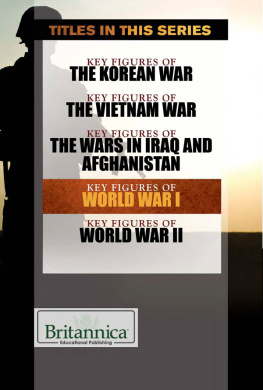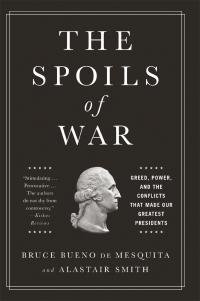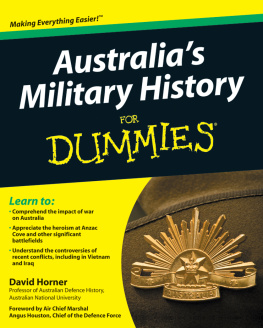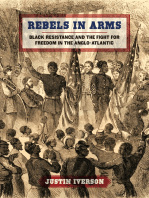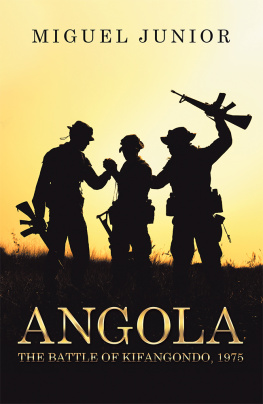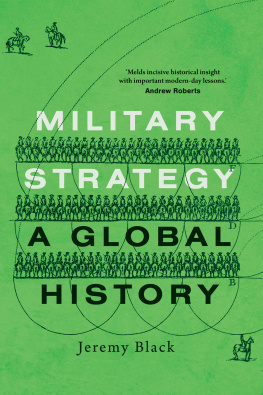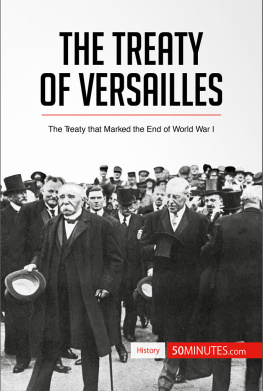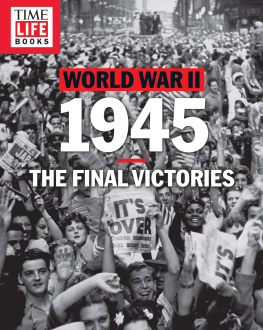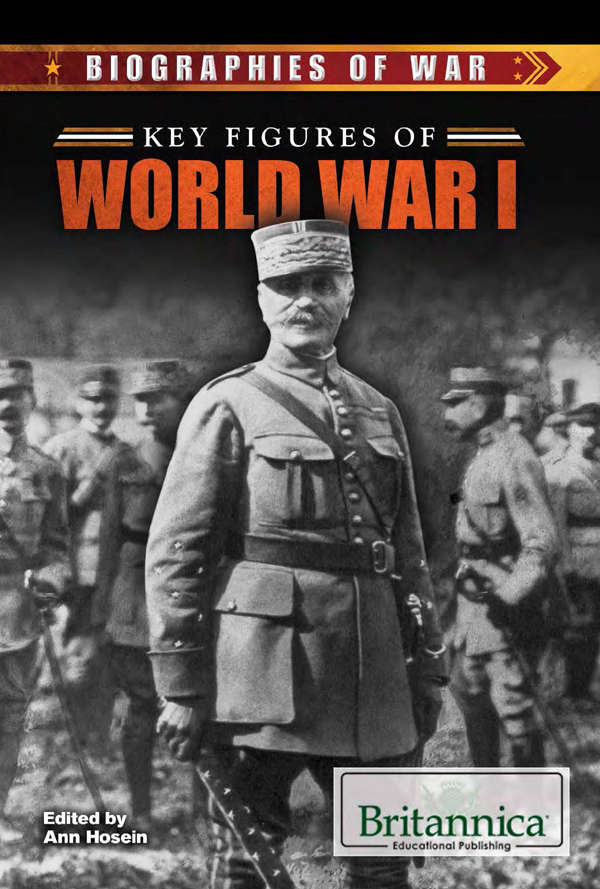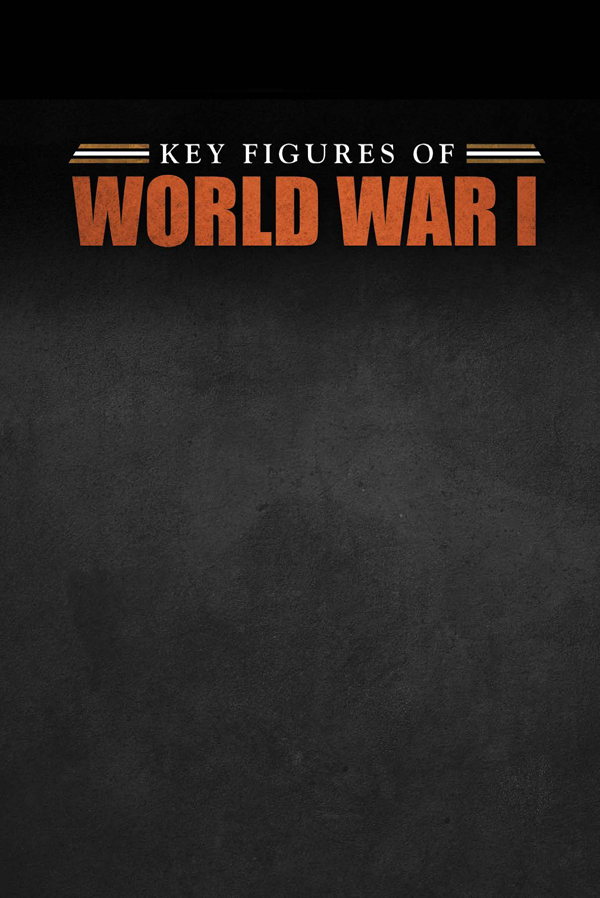
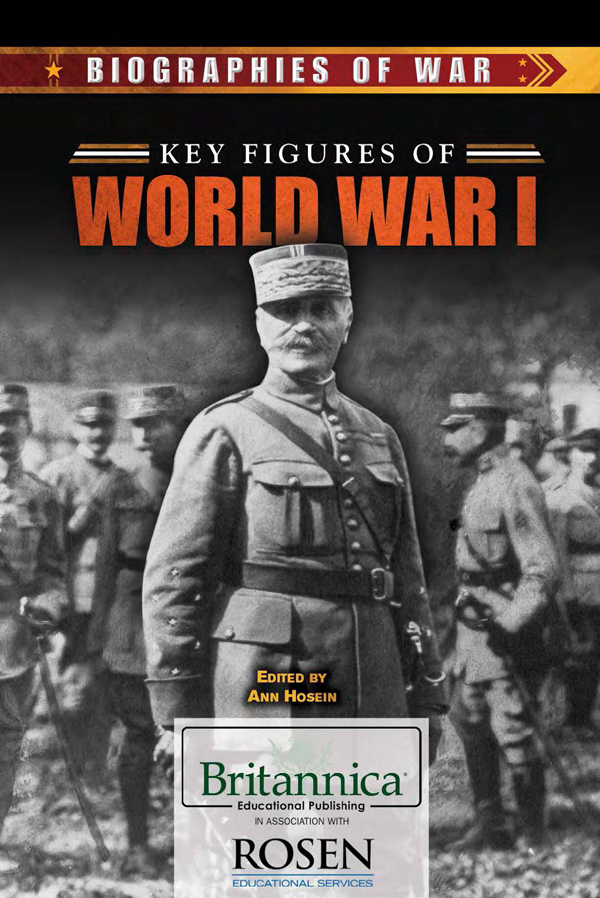
Published in 2016 by Britannica Educational Publishing (a trademark of Encyclopdia Britannica, Inc.) in association with The Rosen Publishing Group, Inc.
29 East 21st Street, New York, NY 10010
Copyright 2016 by Encyclopdia Britannica, Inc. Britannica, Encyclopdia Britannica, and the Thistle logo are registered trademarks of Encyclopdia Britannica, Inc. All rights reserved.
Rosen Publishing materials copyright 2016 The Rosen Publishing Group, Inc. All rights reserved.
Distributed exclusively by Rosen Publishing.
To see additional Britannica Educational Publishing titles, go to rosenpublishing.com.
First Edition
Britannica Educational Publishing
J. E. Luebering: Director, Core Reference Group
Anthony L. Green: Editor, Comptons by Britannica
Rosen Publishing
Hope Lourie Killcoyne: Executive Editor
Ann Hosein: Editor
Nelson S: Art Director
Michael Moy: Designer
Cindy Reiman: Photography Manager
Introduction and supplementary material by Joe Greek.
Library of Congress Cataloging-in-Publication Data
Key figures of World War I / edited by Ann Hosein.First edition.
pages cm.(Biographies of war)
Includes bibliographical references and index.
ISBN 978-1-6804-8056-6 (eBook)
1. World War, 19141918BiographyJuvenile literature. 2. GeneralsBiographyJuvenile literature. 3. Heads of stateBiographyJuvenile literature. I. Hosein, Ann. II. Title: Key figures of World War One.
D507.K49 2016
940.30922dc23
2014039269
On the cover: Ferdinand Foch was a French general and Allied Supreme Commander during World War I.
Photo credits: Cover, p. 3 Print Collector/Hulton Archive/Getty Images; pp. 67 Dorling Kindersley/Getty Images; pp. 67 (background) Mark Nolan/Getty Images; pp. 11, 2223 AP Images; pp. 1415 DEA/M. Seemuller/De Agostini/Getty Images; p. 17 Bibliotheque-Musee Forney/Paris, France/Archives Charmet/Bridgeman Images; pp. 2021 Private Collection/Peter Newark Pictures/Bridgeman Images; pp. 2627 Interfoto/Alamy; pp. 3031 SZ Photo/Scherl/Bridgeman Images; pp. 3435 PhotoQuest/Getty Images; pp. 3637 Grenville Collins/The Image Works; pp. 4041 Popperfoto/Getty Images; pp. 45, 51 BBC Hulton Picture Library; pp. 47, 69, 81, 89 Encyclopdia Britannica, Inc.; p. 49 H. Roger-Viollet; p. 53 Photos.com/Thinkstock; p. 56 Library of Congress, Washington, D.C. (neg. no. LC-USZ62-13028); p. 58 George Grantham Bain Collection/Library of Congress, Washington, D.C. (digital file no. LC-DIG-ggbain-38732); pp. 6061 Library of Congress, Washington, D.C.; p. 63 Courtesy of the National Portrait Gallery, London; p. 72 Library of Congress, Washington, D.C. (digital file no. LC-DIG-ggbain-38713); p. 75 Culver Pictures; pp. 77, 79, 91 Archiv fr Kunst und Geschichte, Berlin; p. 87 National Archives, Washington, D.C.; p. 93 UPI/Bettmann Newsphotos; interior pages background textures Eky Studio/Shutterstock.com, Sfio Cracho/Shutterstock.com, Attitude/Shutterstock.com, macknimal/Shutterstock.com, Valentin Agapov/Shutterstock.com; back cover Oleg Zabielin/Shutterstock.com.
CONTENTS
W orld War Ialso called the Great Warwas an international conflict that in 191418 embroiled most of the nations of Europe along with Russia, the United States, the Middle East, and other regions. The war pitted the Central Powersmainly Germany, Austria-Hungary, and the Ottoman Empire (Turkey)against the Alliesmainly France, Great Britain, Russia, Italy, Japan, and, from 1917, the United States. It ended with the defeat of the Central Powers. The war was virtually unprecedented in the slaughter, carnage, and destruction it caused.
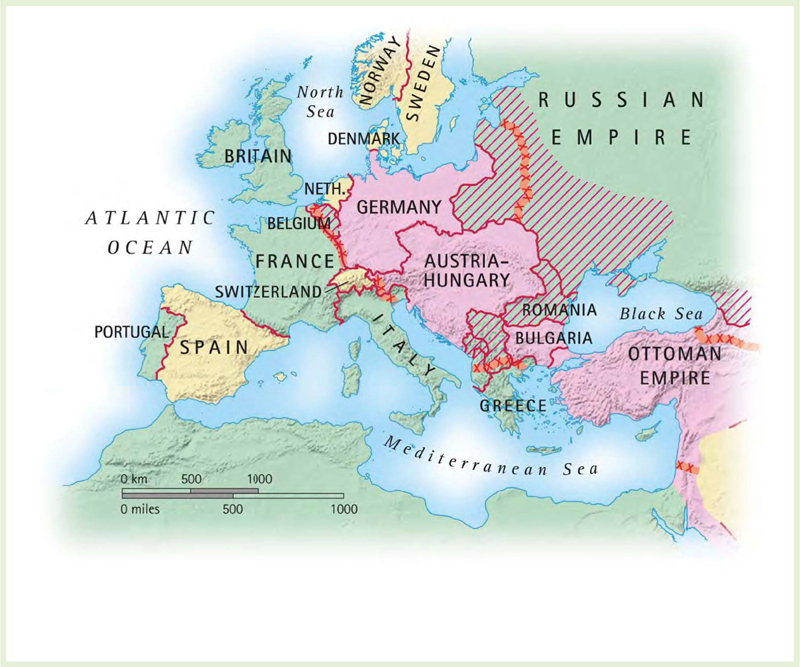
This map of Europe during World War I shows the Allies in green, the Central Powers in pink, and neutral countries in yellow.
World War I was one of the most momentous events of the 20th century. It led to the fall of four great imperial dynasties (in Germany, Russia, Austria-Hungary, and Turkey), resulted in the Bolshevik Revolution in Russia, and, in its destabilization of European society, laid the groundwork for World War II.
World War I was the most deadly and destructive war the world had ever seen to that time. More than 25 countries eventually participated, aligned with either the Allies or the Central Powers. More than 65 million soldiers were mobilized for the armies, navies, and air forces. Some 8.5 million lost their lives, and more than 21 million were wounded. Civilian populations worked as never before to produce enormous quantities of guns, munitions, and other supplies. Because civilians played such an important role, World War I was the first conflict to be called total war.
The early 20th century was a time of great industrial and technological development. While technology and innovation made lives easier, World War I proved that technology also had a negative side. Military minds on both sides constructed new machines of war and weapons of destruction. Tanks, airplanes, ships, and submarines brought about a new level of destruction that was not possible in the days of hand-to-hand combat. Troops manned powerful machine guns that could cut down charging forces with little effort. Poisonous gases were deployed for the first time on battlefield trenches, causing blindness, horrible burns, lifelong ailments, and death by the thousands.
The purpose of this book is to help you learn about the events of World War I as well as the individuals who masterminded and executed the bloodiest conflict the world had seen so far. From the stories of the people featured in this book, you will find out how the decisions and actions of individuals helped to change the world forever.
F or many years leading up to World War I, tensions between rival European nations had been escalating. In anticipation of war, nations had made treaties and alliances. By 1914 Europe had been divided into two camps. Germany, Austria-Hungary, and Italy were members of the Triple Alliance. Later, after the withdrawal of Italy and the addition of the Ottoman Empire, the Triple Alliance took a new name: the Central Powers. Russia, France, and Britain formed the rival Triple Entente. Later they were called the Allies. These alliances were brought into action following an incident in the Balkans in the summer of 1914.
THE ONSET OF WAR
On June 28, 1914, Archduke Francis Ferdinand of Austria-Hungary was assassinated. He was murdered at Sarajevo, the capital of the Austrian province of Bosnia. The assassin was Gavrilo Princip, a Serbian-trained Bosnian terrorist. Austria claimed that Serbian government officials had trained and equipped Princips group, which was known as the Black Hand.
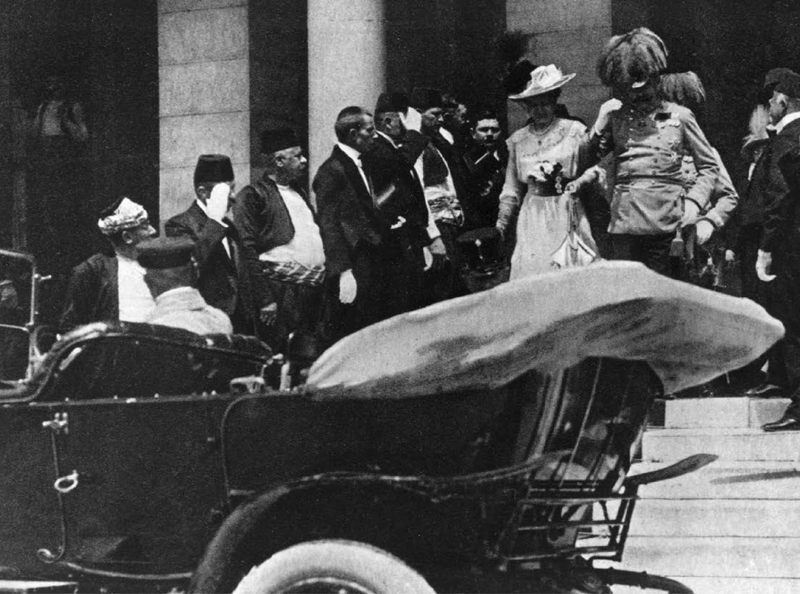
Archduke Francis Ferdinand and his wife, Sophie, leave a reception in Sarajevo, Bosnia, shortly before their assassination by Gavrilo Princip.
For many years Serbia and Austria-Hungary had been unfriendly because Serbian nationalists wanted to unite all Slavic peoples living in the Balkan region into a single state. Slavs living in Austria-Hungary would be included, and Austria-Hungary strongly opposed this. Austria-Hungary decided to use the assassination as an excuse to settle its quarrel with Serbia. Germany promised to back Austria-Hungary. On July 23 Austria-Hungary presented a warlike ultimatum to Serbia, allowing only 48 hours for an answer. Serbia responded by July 25 but suggested that some of Austria-Hungarys demands be referred to the other European powers. Austria-Hungary refused Serbias suggestion, and on July 28 it declared war on Serbia. This declaration of war activated the European alliances, and within a week all Europe was at war.

